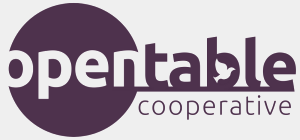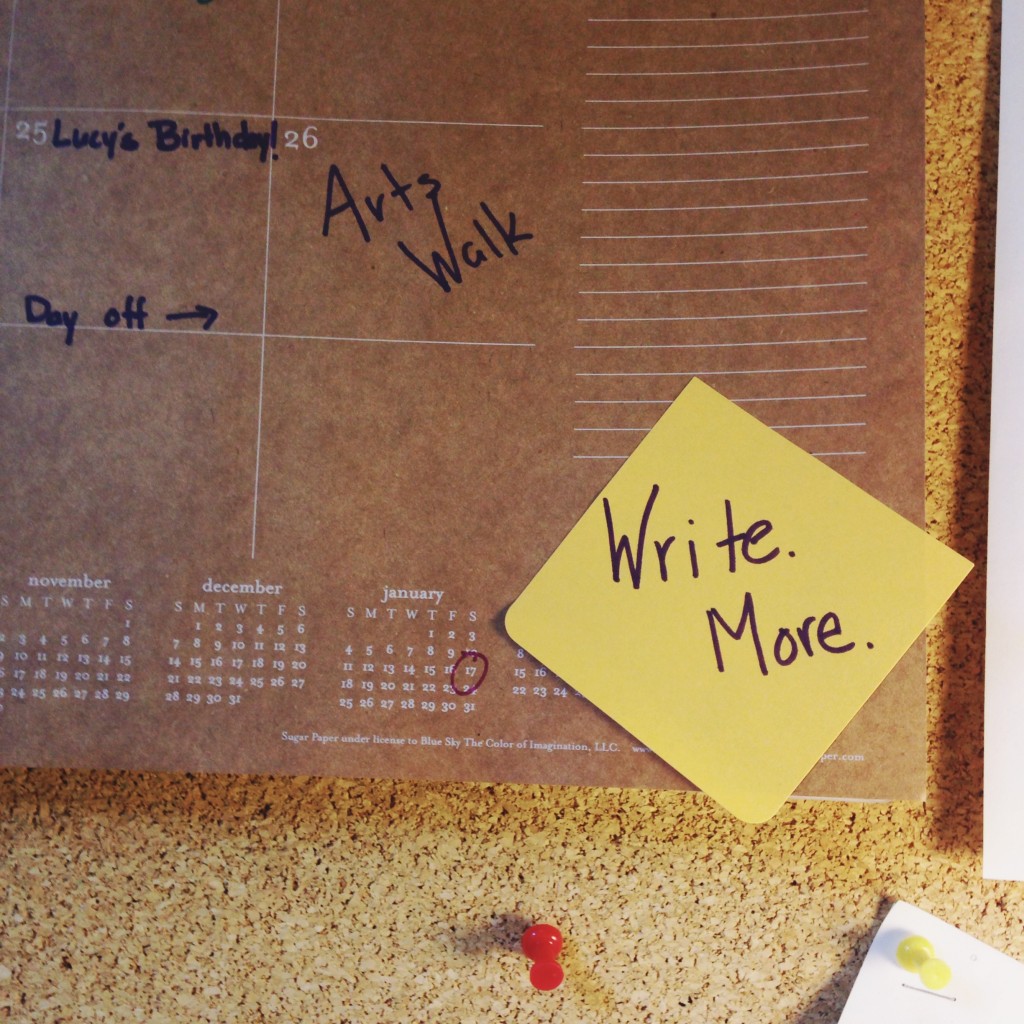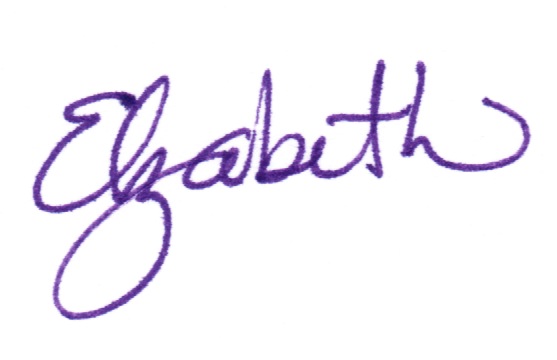You can download a PDF of this week’s reflection here.
This week’s reflection comes from Steve Crain. Steve is an Associate Professor of Philosophy and Religion at McPherson College, where, until recently, he also served as campus pastor. He and his wife Lori are blessed to be members of the McPherson Church of the Brethren in McPherson, Kansas, and remain deeply connected to their home church, Beacon Heights Church of the Brethren in Ft. Wayne, Indiana.
The first four chapters of Johnson’s book invite us to consider “Darwin’s entangled bank,” to “listen” to the voices of nature with our ears “tuned” by The Origin of Species. In Chapter 5, we now listen to the voice of the Holy Mystery that indwells and animates nature, using the Nicene creed to inform that attentiveness. One way to read Ask the Beasts is as an intellectual dialogue, a backandforth between Darwin and the Nicene creed. The book succeeds wonderfully in this way because the philosophical and theological reflections are clear, engaging, and deeply thoughtprovoking. But I think the book succeeds at a deeper level, namely, as a guide for contemplation. For Johnson encourages us not simply to listen with our mind, but with the very core of our being: in short, to be attentive to The Presence with the ears of our heart. Yes, through theological and philosophical concepts Johnson appeals to our mind. Then, through poetic imagery in the Bible and in the Christian tradition she appeals to our imagination, putting wings, one might say, on these concepts. But in constantly reminding us that God is ineffable Mystery beyond concept and beyond image Johnson entices us into a contemplative encounter that is ultimately mystical, and therefore, transformative in the deepest possible sense. Which is to say that Ask the Beasts invites us to fall in love all over again: with nature, and with the Triune God we encounter there in nature’s innermost recesses.
I say “Triune God” because the heart and soul of this chapter is entitled “Life and Love: A Trinitarian Framework.” Johnson speaks passionately and eloquently out of her Catholic heritage as she invites us into the Trinitarian structure of the Nicene creed in order to find there not only the God who is the Origin of all, Incarnate Redeemer of all, and Holy Spirit giving life and new life to all, but also to find there a richlylayered understand of creation. Of the three notions of creation expressed therein creation as fundamental origin, continuous sustaining in being, and ultimate, final renewal of all things Johnson has us focus on the second notion, on the idea of “continuous creation.” Here, God is understood to give being to everything that exists moment by moment, and to do so, not from a distance “on high,” but through the Presence of the Holy Spirit the “Personal” indwelling of the very Mystery that is God at the innermost being of each created thing. The discussion is filled with wonderful explanations of classical theological concepts from the Christian tradition from Irenaeus, Tertullian, Augustine, and Aquinas, to name a few as well as beautiful meditations on vivid Biblical imagery that sets these concepts in motion for us: blowing wind, flowing water, blazing fire, soaring dove, and Holy WisdomSophia. She thus invites us to push through philosophical and theological “obstacles” that have tended to blind us to the indwelling of God in nature, such as Greek “hierarchical dualism,” Cartesian dualism, and the distinction between “nature” and “Supernature.” But, again, I think Johnson gives us more than an “initial vocabulary with which to explore the hidden depths of the living God in the evolving world” (p. 134). Rather, she entices us into a contemplative encounter with the Divine Presence, and thus into a transformative experience of communion brimming over with joy and love.
Two thousand years of key philosophical and theological developments have seduced us into believing we find God ultimately only by looking past created beings, or perhaps at best by looking through them. But Johnson returns to the Bible and to classical theological concepts in order to convince us that indeed we can find God the Triune God of love revealed through Christ and in the Spirit by looking directly at the natural world: at and into created beings each in their own irreducible uniqueness. Dogs, cats, trees, birds, flowers, mushrooms, dragonflies: each uniquely embodies the goodness of the Creator. By indwelling every animal, every tree, every rock, God continuously gives to each created thing a goodness a value, a worth that is intrinsic to each because it flows from the deep intimacy of the divine relationship that continuously gives being to each. We can directly experience this intrinsic value in nature, this sacred goodness, every time we leave our doors, both through an intense “communion with nature,” and in “the anguish that arises in reaction to the destruction of natural places” (p. 152). Johnson continues: “Both spiritual and moral responses flow from the understanding of the living world in its givenness, resplendence, fragility, and threatened state as the dwelling place of God.” I would argue that the “understanding” she underscores here the intellectual grasp of theological truth can only sustain the “moral response,” and especially the “anguish” over nature’s devastation, by means of the “spiritual response,” in other words, by means of that mystical, contemplative, “communion” with nature which, in my experience, is akin to the communion experienced in the Brethren Love Feast, and which is at the heart of the Catholic experience of sacrament, especially the Mass.
Johnson writes so beautifully, eloquently, and powerfully that she entices me to put her book down, leave my study, and gaze into the divinelyindwelt depths of the tree in my backyard, there to commune with the Holy Mystery that overflows all things, the God Who is Love. That is a successful piece of theological reflection!
Questions and Exercises for Further Reflection
1) In what ways has Johnson’s reflection on God as Triune opened up new vistas for you on the meaning and importance of this classical Christian doctrine?
2) What theological or philosophical concept from this chapter for example, perhaps the concept of “participation” or “panentheism” most entices your heart as well as your mind? Why?
3) Take one of the Biblical images that Johnson explores for God’s indwelling, lifegiving Spirit wind or fire, for example and find it outside your door, out in nature’s “entangled bank.” Quietly immerse yourself in it by reaching out to it with your heart, and so becoming present to The Presence. Journal about your experience.




